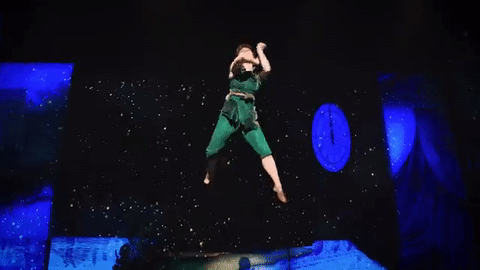
Over the Moon with Fluency
By: Katie Sullivan
Rationale:
Fluency is a skill that is needed to be able to read for understanding. To read fluently means to recognize words quickly and accurately. This allows students to read with expression, and reading with expression will capture interest and motivate them to read. In the higher grades, students read for understand. This means that they cannot spend time decoding every word. They have to read fluently to comprehend what the passage/book is saying.
Materials:
-
Class set of “The Best Teacher in Second Grade” by Katharine Kenah
-
Dry erase board and marker
-
Paper with decoding words
-
Stopwatches
-
Pencils
-
Reading comprehension questions
Procedure:
1. Say: “The goal of reading is to understand and learn from what we read. To do that, we have to be able to read fluently. This means that we cannot decode every word that we read. We have to have the words in our memory so that we can read them quickly. [write sentence, “The dog ran away.” on the board.] It is easy for us to read this sentence as (read slowly in a monotone voice) The dog ran away. When you become more fluent, you can read the sentence with expression. Let’s practice reading it like this: (Read in a concerned voice with a worried expression) “The dog ran away!”
2. Say: “Sometime we come to words that we do not know. This is when we need to use our coverup critter. Take it out of your desk and get ready. I’ll show you on the board. [write the word “brunch” on the board and demonstrate using the cover up to decode.] Let’s look at this word. We see the vowel u in the word. We know that the u by itself will say /u/. Let’s start at the beginning. [cover up all but the b and have the class say the /b/ sound.] Now add the r, br. And our vowel /u/, bru. And the n, brun. And lastly the ch, brunch. Brunch. I have a piece of paper for you. Use the cover up critter to decode these words. [pinch, broke, smile]. “
3. Say: “okay! Using our cover up critter will help with words that we immediately do not know. Sometimes we have to go back to a word that we thought we read correctly, and we have to see if it made sense in the sentence. Look at this sentence. [write, “We will play at the park.] What if I read it like this, “We will play as the park.” Does that make sense? Do you play as the park? No! I would go back and read it as “We will play at the park.” That is called cross checking. “
4. Say: “Now are going to pair up. I have already determined the partners. Get with the person I call out for you and read this book together. We are going to read about a little girl named Luna who is a new student in Mr. Hopper’s classroom. She loves the night sky and learning about stars and constellations. Her class runs into a problem and Luna has the perfect answer. Read to find out. I am going to give each pair a stop watch. This is so that you can record each other while you read the book. Start the timer when your partner begins reading the book, and end the timer when he or she finishes. Record the time on the paper I am giving you.”
5. Say: “Okay, that was very good! You read the books and recorded the time. Now we are going to do this again. This time you are still timing your partner, but you are also making notes on the words they get wrong. If they mess up on a word, write when he or she said.
6. Collect all time and fluency rubrics.
7. Walk through while students are reading and make notes on a clipboard. Use the formula -(words read times 60) divided by total seconds it took to read the text- to calculate words per minute. This can be represented by a graph of planets in order from the sun. Give students a worksheet with reading comprehension questions to assess their understanding of what they read.
Works Cited
Kenah, Katharine, and Abby Carter. The Best Teacher in Second Grade. HarperCollins, 2007.
Anna Pruitt’s Design: https://akp0028.wixsite.com/lessondesign/growing-fluency-and-indecency
Return to Application Page